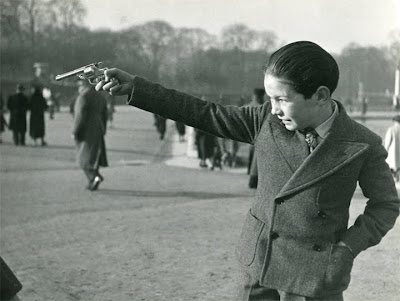 robert doisneau kiss, robert doisneau, Robert Doisneau. Photographer
robert doisneau kiss, robert doisneau, Robert Doisneau. Photographer















Robert Doisneau was one of France's most popular and prolific reportage photographers. As a kid, he was enrolled at the École Estienne, a craft school where he graduated with diplomas in engraving and lithography, and at 16 he took up amateur photography. At the end of the 1920s Doisneau found work as a draughtsman in the advertising industry at Atelier Ullmann, a creative graphics studio. He began acting as camera assistant in the studio and eventually became a staff photographer. In 1931 he left both the studio and advertising, taking a job as an assistant with the modernist photographer André Vigneau. During WW II, he was drafted into the French army as both a soldier and photographer. He served until the end of the war, using his draughtsmanship, lettering artistry and engraving skills to forge passports and identification papers for the French Resistance. After the war, he briefly joined the Alliance Photo Agency but ended up with Rapho agency, who he stayed with throughout his career, despite receiving an invitation from Henri Cartier-Bresson to join Magnum Photos. Doisneau was contracted by Vogue to work as a fashion photographer, but Doisneau didn’t enjoy the fashion world and preferred street photography. "The marvels of daily life are so exciting; no movie director can arrange the unexpected that you find in the street," Doisneau once said. In 1950 he created his most recognizable work for Life magazine - Le baiser de l'hôtel de ville, which became an internationally recognised symbol of young love in Paris. "I would never have dared to photograph people like that. Lovers kissing in the street, those couples are rarely legitimate."
Doisneau worked into his old age, and passed away at 81 in France due to multiple health problems.


No comments:
Post a Comment